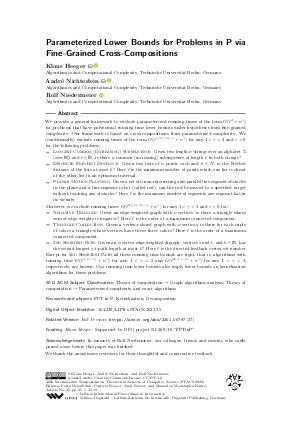LIPIcs.STACS.2023.35.pdf
- Filesize: 0.87 MB
- 19 pages

 Creative Commons Attribution 4.0 International license
Creative Commons Attribution 4.0 International license





Feedback for Dagstuhl Publishing